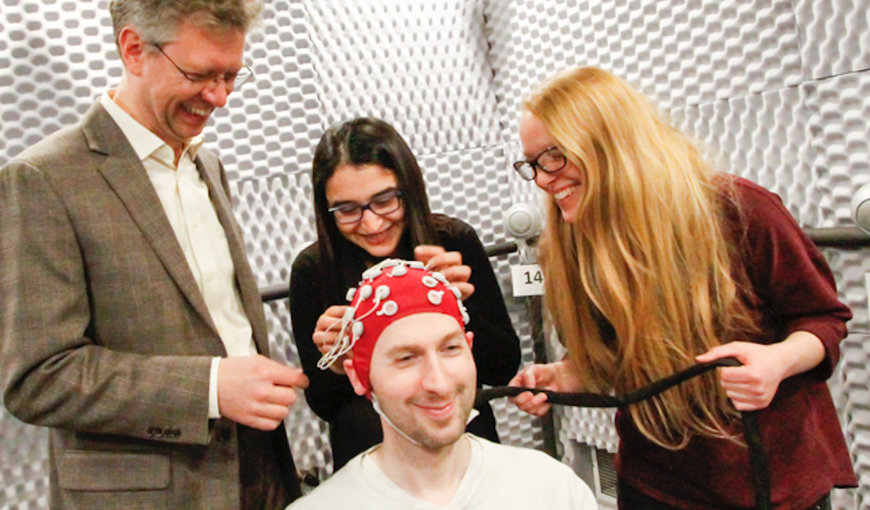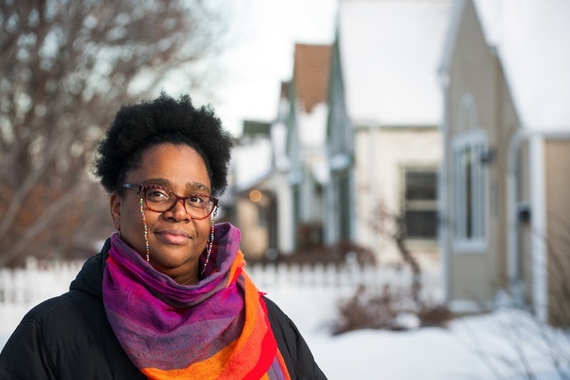A New Center Brings New Opportunities
Hearing is one of our most integral sensory inputs, yet as we age, our capacity for hearing diminishes. “There are millions of people around the world who deal with hearing loss and it’s a major health, economic, and social issue,” Professor Andrew Oxenham says.
Oxenham studies hearing loss and its implications, and his research is aided by the newly created Center for Applied and Translational Sensory Science (CATSS). Oxenham is a scientific co-director at CATSS with Professor Gordon Legge, his psychology colleague who studies vision. Founded in the summer of 2015, CATSS serves to connect researchers and graduate students with industry partners, including Starkey, Phonak, GN ReSound, and Cochlear. Professor Oxenham notes that this collaboration is important not only for aiding industries in developing new technologies, but also for enhancing the education of our graduate students.
“We’re in contact with several companies where we expect to establish 3 to 4 internships each summer,” Oxenham says. “We want to prepare graduate students for a future in research and recognize that many won’t necessarily be conducting research in a university setting. We want to give them the experience of working in industry so they can make a more informed choice about what to do after their PhD.”
The CATSS facilities include a 48 channel surround sound system, which enables the re-creation of any arbitrary acoustic environment, and visual projection screens. The facility also includes equipment to measure EEG, infrared body-motion tracking, eye-tracking and psychophysiological measures, such as skin conductance and heart rate. This facility is housed within Elliott Hall, but is available for use to researchers throughout the University. CATSS facilitates collaborations across many different disciplines and departments, like speech-language-hearing sciences and biomedical engineering, otolaryngology, and ophthalmology. With our aging population, research collaborations on the study of sensory deficits like these have become increasingly important.
“Essentially everyone above the age of 70 has some measure of hearing loss,” Oxenham says. “Hearing loss often has a very strong element of social isolation, so people who lose some of their hearing tend to avoid large crowded environments. That tends to reduce their social interactions, so it has major social implications.”
One of Professor Oxenham’s current projects involves people with cochlear implants. Implants for people with little to no hearing act by bypassing the inner ear with an array of electrodes to stimulate the auditory nerve directly. “Despite the fact that it works so well, there are many limitations to hearing with a cochlear implant. One of our projects aims to understand better those limitations with the long-term goal of overcoming them,” Oxenham says.
One such limitation is the lack of music and pitch perception through a cochlear implant. Cochlear implant users have a hard time recognizing melodies and derive less benefit from listening to music. “One of our projects this semester was to understand what is limiting pitch perception, with the long-term goal of changing the processing of the implant to better transmit pitch information.”



